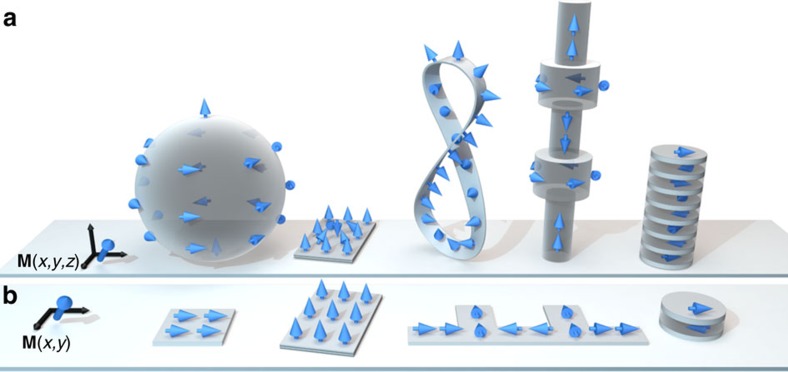Figure 1. Towards three-dimensional nanomagnetism.
Schematic view comparing some examples of geometries and magnetic configurations (indicated by blue arrows) for (a) 3D and (b) 2D nanomagnetism. The dependence of the magnetization M on spatial coordinates (black arrows) is indicated for both cases. New synthesis, characterization and computational methods have the potential to make the leap to 3D. The combination of more complex magnetic states and additional degrees of freedom in 3D nanomagnets leads to the emergence of new physical phenomena, which may find applications in multiple areas. (a) Examples of 3D nanomagnets, from left to right: magnetic sphere with vortex configuration. Magnetic thin film element with a skyrmion. Symmetry breaking is caused by bulk or interfacial Dzyaloshinskii-Moriya interaction. Möbius strip with perpendicular magnetization; a DW is present in the ground state due to the object's topology. Cylindrical NW with modulated diameter, with different magnetic configurations depending on the diameter. Antiferromagnetic (AF) superlattice (interlayers not shown for clarity) with a wide soliton in the middle. (b) Examples of 2D nanomagnets, from left to right: Single-domain magnet. Magnetic multi-layered element with perpendicular anisotropy. Nanostrip with protrusions for DW trapping. Bi-layered magnet with AF coupling due to indirect exchange via an interlayer (not shown for clarity).

